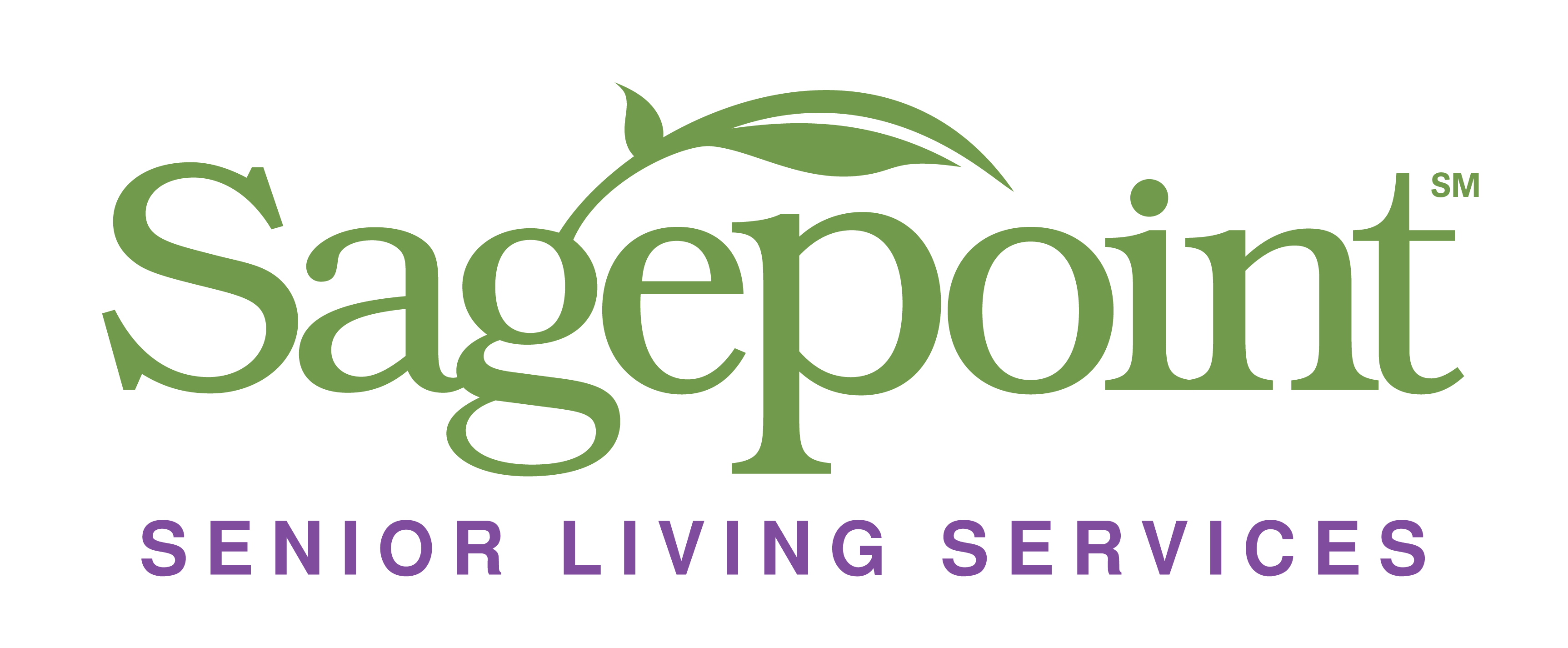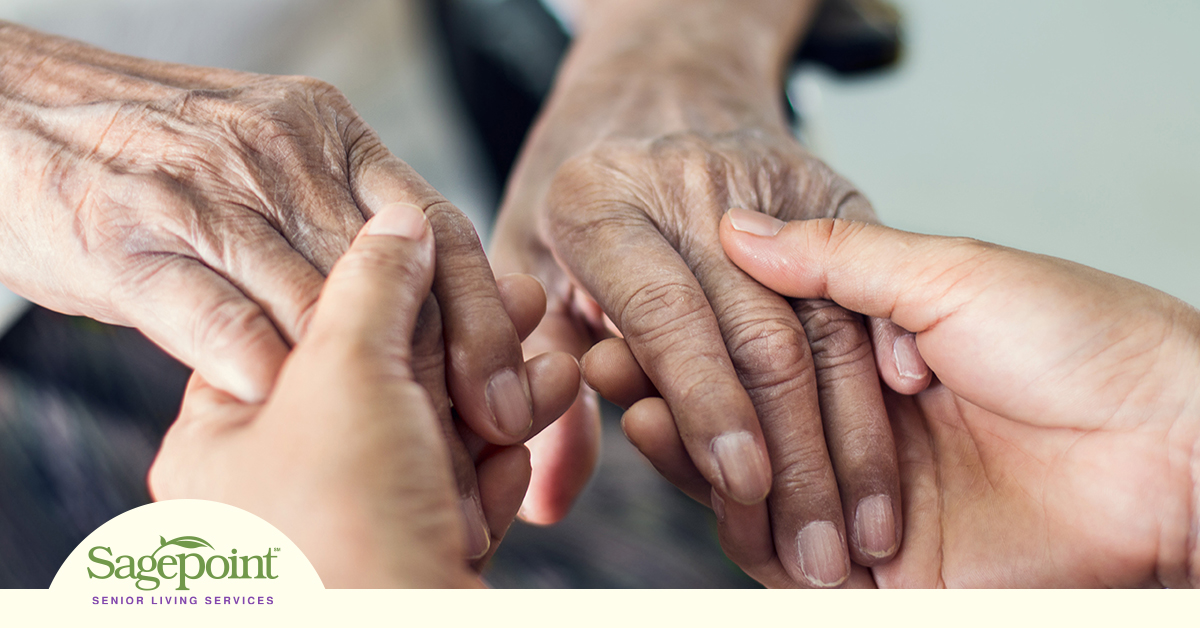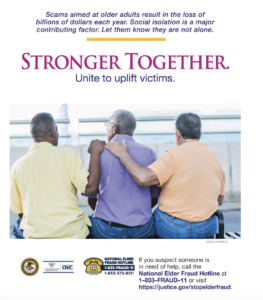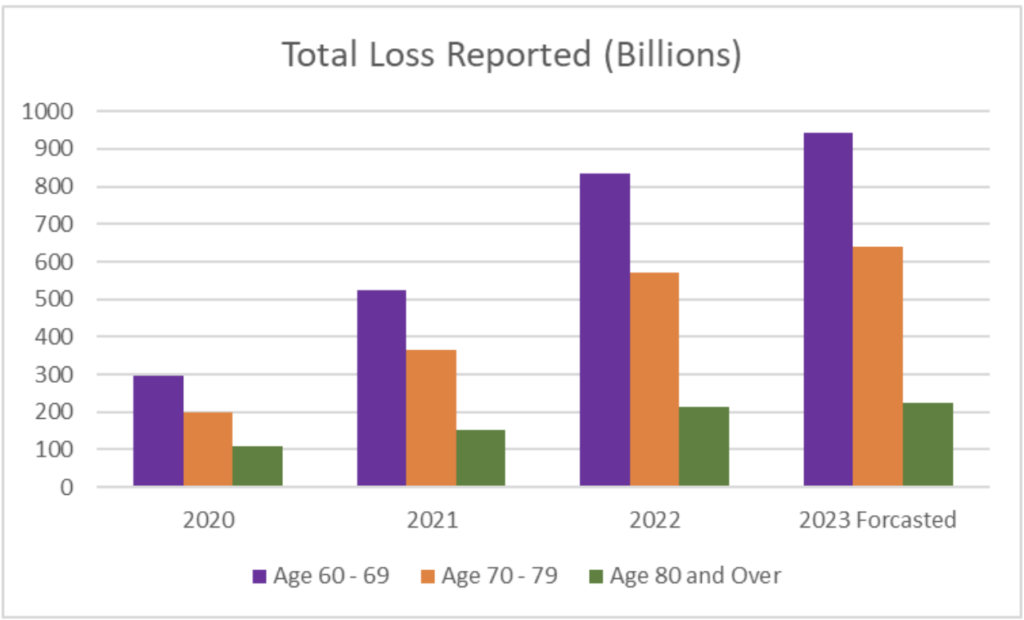Seniors age 70 ½ or older can make tax-free charitable donation from IRAs that count toward satisfying required minimum distribution and reduce taxable income.
What is a Qualified Charitable Distribution (QCD)?
A QCD is a tax-free charitable distribution of funds directly from the IRA trustee (custodian) of an eligible IRA account payable to a qualified charitable organization that can receive a tax-deductible contribution. A tax-free QCD is defined in IRS Publication 17 – Your Federal Income Tax for Individuals on page 126.
Normal distribution from an IRA of deductible contributions and earning is included in income and taxed as ordinary income. The tax-free QCD removes the distribution from taxable income. QCDs are recorded on Form 1040, U.S. Individual Tax Return 2018 – the sum total QCD distribution is included on line 4 a – IRA distribution, and the abbreviation ‘QCD’ is written on line 4 b – taxable amount.
Who is Eligible to Make a tax-free QCD?
IRA account owners and beneficiaries age 70 ½ or older on the date the tax-free QCD is made to one or more qualified charitable organizations.
Taxpayers who now claim the standard deduction can still make tax-free QCDs.
What type of IRA accounts are eligible for a QCD?
Traditional IRA, Rollover IRA, Inherited IRA accounts and non-active SEP and Simple IRA accounts are eligible for a tax free QCD. Active SEP or Simple IRA account currently receiving employee or employer contributions is not eligible.
Roth IRA accounts are eligible but a tax-free QCD will not lower income tax because distributions from Roth IRAs are already tax-free and not included in income.
What type of retirement savings accounts are ineligible for a QCD?
Employer-sponsored retirement plans, such as 401(k)s, 403(b)s and 457(b)s are not eligible for tax-free QCD. A normal or tax-free QCD distribution to satisfy the IRA RMD requirement in a given tax year cannot count toward satisfying the RMD requirement for employer-sponsored requirement plans.
However, an employer-sponsored plan account owner may consider a direct transfer rollover to an IRA Rollover account that would then be eligible for tax-free QCDs. RMD calculations for tax-deferred IRAs and employer-sponsored retirement plans for the current tax year will be based upon the fair market value of the account at the close of business on December 31 of the prior year, factored by your age and life expectancy. Therefore, before implementing a rollover strategy the time and suitability should be taken into consideration.
What is the tax-free QCD distribution limit?
Seniors age 70 ½ or older may make tax-free charitable donations and exclude up to $100,000 from gross income per tax year by making tax-free QCD’s directly from an IRA. There is no carry-over from year to year. Your spouse may also make a tax-free charitable donation and exclude up to $100,000 from gross income per tax year for a combined total of $200,000.
Does a tax-free QCD distribution count towards Requirement Minimum Distribution (RMD)?
Yes. A tax-free QCD may be an appropriate strategy for individuals who are charitable inclined and do not need RMDs for living expenses. A tax-free QCD can potentially reduce income tax liability on RMDs to zero. A tax-free QCD can be counted toward satisfying your RMD requirements for IRA accounts.
Here is an example of a normal IRA distribution of $5,000 at ordinary income tax rates:
22% 24% 32% 35% 37%
|
22% |
24% |
32% |
35% |
37% |
| IRA Distribution |
$5,000 |
$5,000 |
$5,000 |
$5,000 |
$5,000 |
| Income tax |
1,100 |
1,200 |
1,600 |
1,750 |
1,850 |
| Net Distribution |
3,900 |
3,800 |
3,400 |
3,250 |
3,150 |
Assume you are in the 24 percent income tax bracket – you make a tax-free QCD of $5,000 to count towards satisfying your RMD requirement, provide an income tax break of $1,200, lower taxable income, and help fulfil your philanthropic goals.
The annual RMD must be calculated by you or your custodian for each IRA account, but the sum RMD may be aggregated and distributed from one or more IRA accounts. Note – RMD for employer sponsored retirement accounts cannot be aggregated and distributed from IRAs.
The first distributions from an IRA are consider to satisfy the annual IRA RMD requirement. If you have already taken a portion of your RMD requirement earlier this year, you may consider a tax-free QCD for the remaining balance of the RMD requirement that needs to be distributed before the year-end deadline. The only exception to the year-end RMD requirement deadline is in the first year an IRA account owner turns age 70 ½.
What charities qualify to receive a tax-free QCD?
As defined by IRS Publication 590-B Distributions from Individual Retirement Arrangements (IRAs,) a charity eligible to receive a QCD is a “qualified 501(c)(3) organization (a charitable organization eligible to receive tax-deductible contributions.)” Donor advised funds and private foundations are not eligible to receive tax-free QCDs. Upon request a charity can provide you their IRS issued ‘Letter of Determination’ verifying tax-exempt status. Additionally, please find information about a tax-exempt organization’s federal tax filing status on the IRS web site at www.irs.gov.
How to set up direct payment to the charitable organization?
To make a tax-free QCD, there must be direct payment by the IRA trustee (custodian) on behalf of the IRA account owner to the charitable organization. You may call your IRA trustee (custodian) and request a check made payable to a charitable organization and delivered to you so that you may forward to the charity. (IRS Notice 2007-7, Q&A-41). Consider including a ‘Letter of Intent’ with the check to describe your wishes and purpose of the charitable gift. Check with you IRA trustee (custodian) for year-end processing deadlines for issuing checks. As normal, you will need to keep records to include written acknowledge from the charitable organization for your tax-exempt charitable donation.
What are key benefits of lowering taxable income, Adjusted Gross Income (AGI) for seniors?
A tax-free QCD can count towards satisfying your RMD requirement but does not add to your taxable income, AGI. You may benefit from lowering your taxable income to lower Medicare Part B premium and prescription drug premium for high income earners, lower taxable percentage of Social Security benefits, and larger deductions for medical expenses; among other benefits.
Medicare Premium for High Income Beneficiaries – Potential lower AGI to qualify for lower income threshold to lower income related monthly adjustment amounts for Medicare Part B and Prescription Drugs premiums. For more information, please view Social Security Administration publication – Medicare Premiums: Rules for Higher-Income Beneficiaries.
Itemized Deduction for Medical Expense – Potential lower AGI to reduce threshold for claiming unreimbursed medical and dental expenses you paid. The Tax Cuts and Jobs Act of 2017 (TCJA) lowered the AGI threshold for medical expenses from 10 percent to 7.5 percent for 2017 and 2018 for all taxpayers and reverts back to 10 percent in 2019.
Percentage of Social Security Benefits to be Taxed – Potential lower ‘combined income’ to qualify for a lesser portion of your Social Security benefits to be taxed. For more information, please visit Social Security Administration web page – Benefits Planner | Income Taxes and Your Social Security Benefits.
Summary
Tax-free QCDs may be an effective strategy to fulfill your philanthropic goals and make a lasting charitable impact in your community. Before implementing any strategy, please consult your professional tax accountant, estate planning attorney and/or investment adviser.
The information provided here is for general informational purposes only and should not be considered an individualized recommendation or personalized investment advice. Any investments and strategies mentioned here may not be suitable for everyone. While every attempt is made to provide accurate information, we cannot guarantee the accuracy and completeness of this content. Christine does not provide legal or tax advice.
Written by Christine Parker, CPF®, president of Parker Financial, LLC and member of Sagepoint Senior Services Foundation Board of Officers and Directors.













 Equal Housing Opportunity
Equal Housing Opportunity